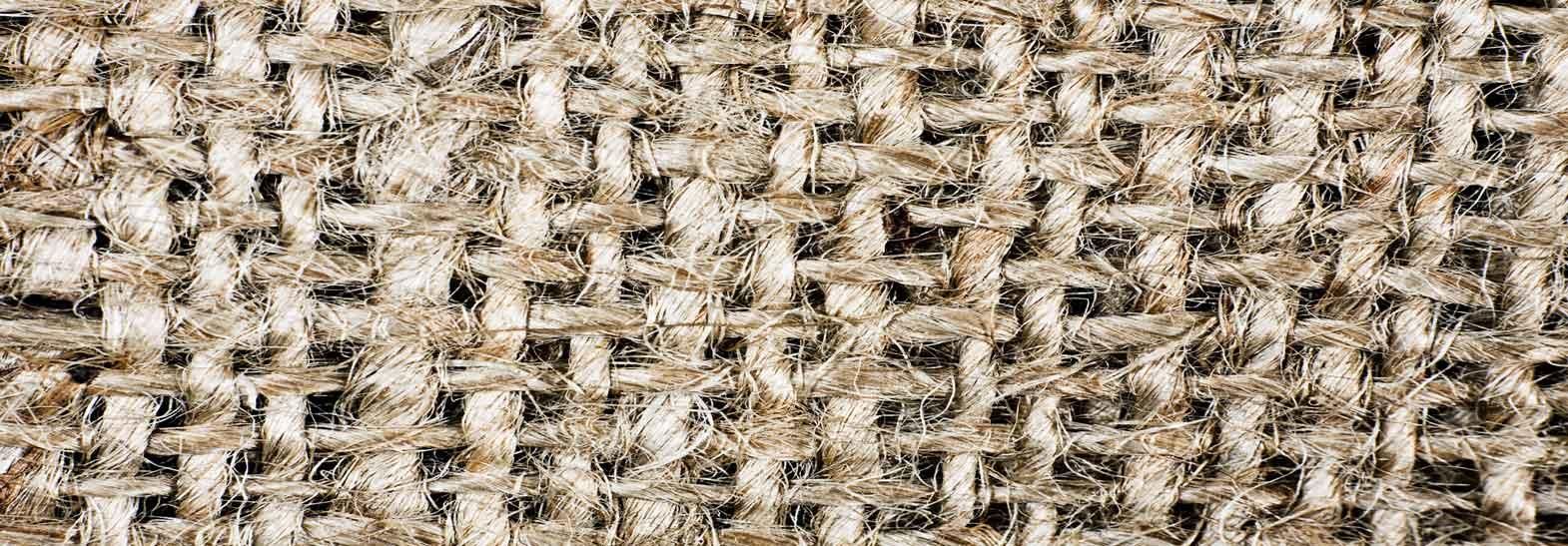Fibres of Hibiscus cannabinus have immense potential applications inthe field of textiles.
In the pursuit of sustainability, there is a growing demand for the production and utilization of natural fibres. It may come as a surprise that a weed like kenaf can play a significant role in carbon sequestration while also offering commercial opportunities through its fibres. Hibiscus cannabinus, also known as kenaf, finds commercial applications in the production of twine, rope, paper, and cloth. Resembling bamboo or jute, kenaf is a tall and slender plant that belongs to the hibiscus family and is related to okra and cotton. This crop has a history dating back 4,000 years and originated in Africa. It is cultivated in various countries, including India, Bangladesh, Indonesia, the United States, Malaysia, Thailand, parts of Africa, and Vietnam.
Kenaf is primarily cultivated for its fibres, and it possesses the remarkable ability to grow up to 14 feet in a single growing season, yielding around 6 to 10 tons of fibre per acre. These fibres are predominantly found in the bark, constituting 40% of the plant, and in the core, making up the remaining 60%. Kenaf fibres have been used in textile production for thousands of years. Ancient Egyptians, for instance, used these fibres to create boat sails and other textiles, with fibres from the outer layer of the plant being used for crafting cords, ropes, and storage bags.
Processing of the Fibre:
The processing of bast fibres like kenaf is relatively straightforward. When blended with cotton, kenaf fibres can be spun into yarn and woven into fabrics. These textiles are not only aesthetically pleasing but also lightweight with a soft texture. Clothing made from kenaf fibres often resembles linen. Kenaf is considered one of the most sustainable fabrics due to its rapid growth rate and regenerative properties. It requires minimal water for cultivation, little to no fertilizer or pesticides, and reaches full maturity in approximately 150 days. Moreover, kenaf is completely biodegradable, as it does not rely on extensive chemical inputs during cultivation or processing.
The production of kenaf fibres typically involves separating the core of the kenaf plant from the fibrous outer layers. These extracted layers undergo a retting process, which can be either chemical or bacterial, to convert them into fibres. Retting is a wet process that separates bundles of cells in the outer stalk layer from non-fibrous material by removing pectins and other gummy substances. Following retting, the fibres are further separated into strands through carding. Two types of retting are commonly employed: bacterial retting, which uses microorganisms under controlled water temperature and flow conditions, and chemical retting, which relies on chemical treatments to break down the bonding materials between fibres.
Textile industry applications:
Fibres spun from kenaf are extremely long, making it a good choice for weaving fabrics. The plants stalk contains less than 30% lignin, making its fibre extraction easier, when compared with other natural fibres. Lignin is a glue like substance which fills spaces in the plant fibres. Kenaf fibres find useful applications in making knit and woven textiles. These fibres blend very well with cotton, and finds commercial and healthy applications in making outerwear owing to its natural absorbency, and fire-retardant abilities.
Hibiscus fibres have good fire retardant abilities. They also have antimicrobial properties, and posses good resistance to mildew and rot. So, the fibre sees positive applications in making active wear with odor control properties. Apparel and upholstery fabrics are manufactured using retted hibiscus blending it with cotton. Approximately 50% of the plant stalk has fibres that can be used in the making of knitted and woven garments.
Environmental benefits:
Kenaf has an ability to absorb huge quantities of CO2, the global warming gas, comparatively 3 times more than a tree. It can convert more CO2 than a tropical rain forest during its growth. Further it can also improve the soil structure, while fixing soil nutrients. It is biodegradable, as no chemicals or pesticides are used during its cultivation.
Kenaf fibres are a good alternative to synthetic fibres. They offer sustainable advantages while also enhancing cost saving amidst increasing fuel prices. Keep kenaf fibre fabrics on the wardrobe and be the coolest kid on the block.
References:
1) Ecosalon.com
2) Kenaf-fiber.com








Comments